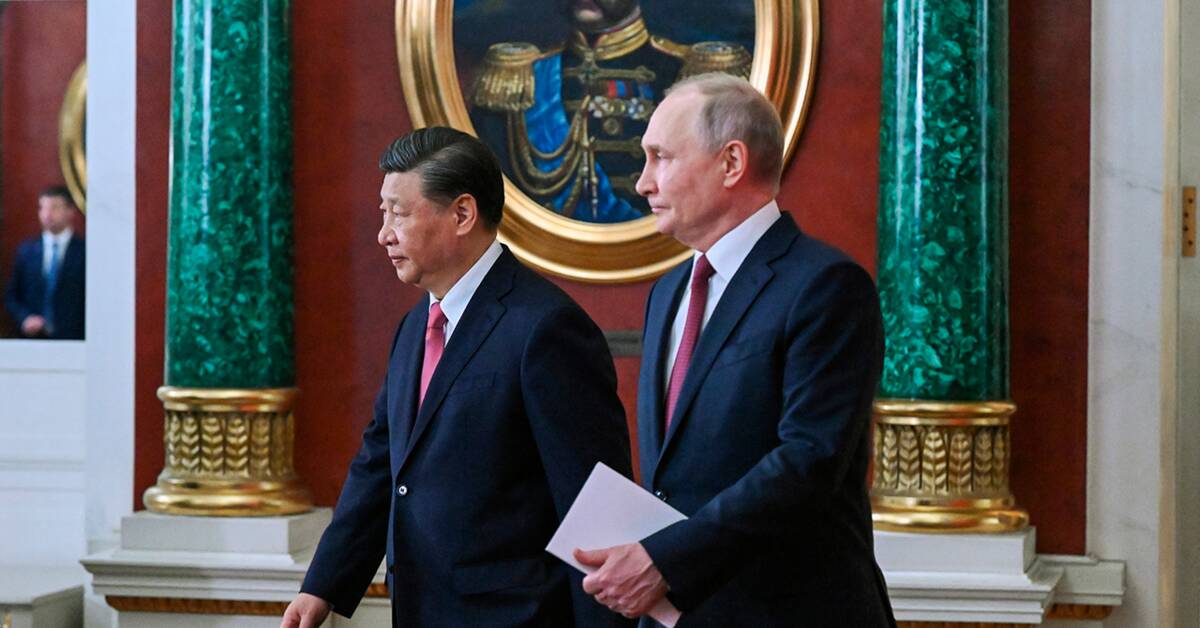Russia now exports nearly two million barrels of oil daily to China, but this only partially compensates for the loss of exports to the EU. In addition, the possibility of expanding capacity is limited, there are too few tankers that can carry oil from eastern Russia to China and it takes several years to build new pipelines.
According to the CRIA, Russia has so far failed to create a "shadow fleet" that carries oil in violation of the price cap.
Russian economy is bleeding
EU sanctions and the price cap on Russian oil products are causing huge holes in the Russian treasury. Revenues from oil exports are plummeting and spending on the war is skyrocketing.
"The EU's import ban on gas and oil products from Russia has successfully depressed Russian revenues and puts a strain on the state budget and the Russian plan for the invasion of Ukraine," says Lauri Myllyvirta.
The war costs billions daily
Before the war, today's price of Russian oil had meant that the state budget had gone up evenly, but the war costs the Russian state SEK 5-10 billion every day according to international estimates. The price ceiling is currently at 60 US dollars a barrel, but since the production cost is 15-20 dollars, the state still makes a lot of money.
"We believe that the price cap should be $30. Then it is still profitable for oil producers, but the Kremlin cannot get large revenues from oil exports, explains Larui Myllyvirta at CREA.
In 2023, the costs of defense and security forces are expected to increase to at least 33 percent of the state budget, but the war chest can be replenished thanks to domestic borrowing as well as replenishment from reserves in the Russian wealth fund. With today's oil prices, the Russian economy is expected to take a big beating only in three to four years, according to the American Kennan Institute.

